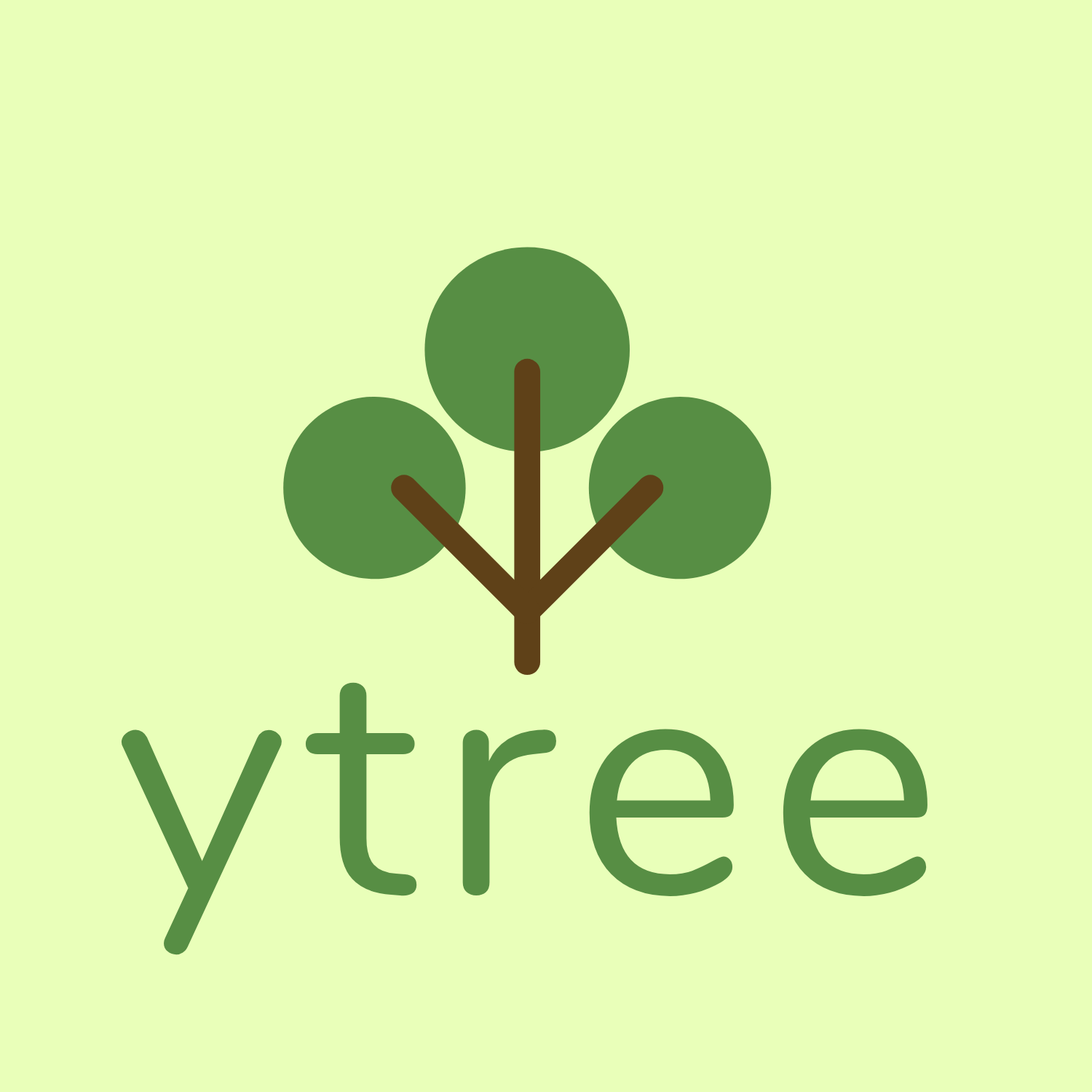We’ve got a new blog! Here’s a post that talks about the changes we’ve made and how we expect to move forward!
Our New Blog
Hi everyone! Welcome to the new yt Project blog. We've gotten rid of the old Posterous-based blog in favor of making it easier to include code, entries from anybody in the community, and to overall make it easier and clearer how to contribute.
So, to that end, we've moved to using a combination of pretty cool technologies to make it easy to blog and have your entry added to the blog.
For the blogging itself, we use Blohg, which is a mercurial-backed system. So all the blog entries are stored in a mercurial repository, on BitBucket (yt_analysis/blog) and instead of being in HTML or something, they're written in ReStructured Text (ReST) -- which is the same format that the yt docstrings and documentation are all written in. We're standardizing on ReST, which means to contribute to any of yt, you only have to learn one way to format your text. (Plus, ReST is super easy.)
To add a new entry, you just have to fork the blog repository and then issue a Pull Request. You can add the entry by creating a new file in the directory [content/post]{.title-ref}, and it'll automatically show up with your name and the time you added it. Once your pull request is accepted, the blog will be automatically rebuilt and uploaded to the blog site (thanks to Shining Panda, which we use for our testing suite -- more on that later!) which lives inside Amazon's cloud.
But the best part is that this is all hidden behind the scenes. For all intents and purposes, you just need to add your text, issue a pull request, and it'll show up in a few minutes.
But here's the best part -- by converting to this system, we've also made it easy to include code samples using the IPython Notebook. A bunch of the yt developers have started using the IPython notebook for basically everything -- analysis, teaching, sharing snippets -- and we want to keep using it for everything. (If you take a look over at https://hub.yt-project.org/ you can see that we've started uploading Notebooks to the yt Data Hub, which then get displayed by the amazing NBViewer project by the IPython developers.) So, we made it easy to include a notebook here in the blog.
To include the notebook, you'll first need a copy of the NBConvert
repository, which will also need to be in your PYTHONPATH. You may
also need to install the "pandoc" project, but that's usually
included in most Linux distributions and can be gotten with MacPorts.
Once you've added that, just cd to the blohg directory and run::
python2.7 blohg_converter.py /path/to/your/notebook.ipynb
This will grab all the images and put them in the right directories
inside the blog repository, add a new .rst file, and then you're set
to go. Just run hg ci -A and you're good to go!
Because this blog is a bit new, we're still working through some kinks. Already as I've made a couple changes, the RSS feed has marked itself as completely updated; this is an error, so I'm trying to figure out what's going on and fix it up. So I apologize in advance if any other minor glitches happen along the way!
With this change in the blogging system, I think we've lowered the barrier to sharing with the community changes in yt, new features, and even showing old features using the Notebook. I'm really optimistic
And if you have something you would like to share -- a new paper you've written, something cool you've done (even if not in yt!) or anything else, go ahead and fork the repository and write up a blog post -- everything you need comes in the box!





